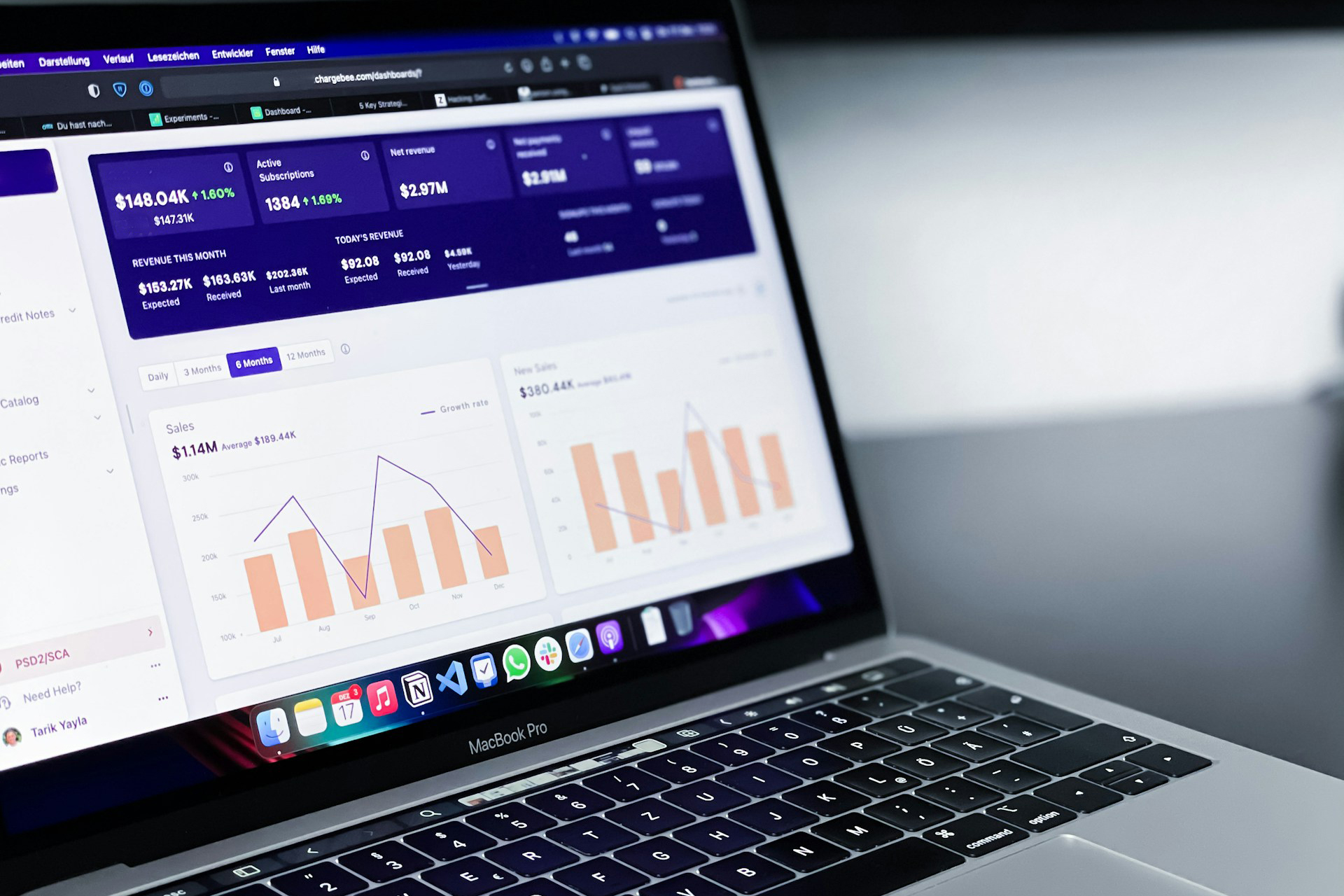Staying ahead of your competitors when running a business is challenging, to say the least. And it often requires embracing technology that enhances efficiency. But for savvy business owners and managers, this also means prioritizing tech that can reduce overall costs at the same time.
Thankfully, there are several solutions available you can pursue to cut costs while improving business operations overall.
How to Reduce Operational Costs
Today, we’ll explore a cost-reduction strategy that sees cloud computing and automation as the way forward. Let’s get right to it.
1. Adopt Cloud Computing
Cloud computing has gained tremendous popularity, largely due to its potential to reduce operational costs. This technology offers a variety of cost-saving advantages, including:
- Reduced IT Infrastructure Costs: Shifting to cloud computing means businesses can significantly cut down on the expenses related to maintaining and upgrading their IT infrastructure. The responsibility of managing this infrastructure moves to the cloud service provider, allowing businesses to save on hardware and software investments.
- Pay-As-You-Go Pricing: This pricing model is a key feature of cloud services. Companies only pay for the resources they actually use, which is especially beneficial for those with fluctuating needs. This flexibility helps avoid large upfront investments in resources.
- Improved Disaster Recovery & Data Security: Cloud computing offers built-in disaster recovery features, reducing the costs associated with data backup and recovery. Plus, distributing data across multiple cloud services enhances security, protecting against data breaches and other cyber threats.
Of course, cloud computing isn't just about cutting costs. It's also a catalyst for enhancing business efficiency and encouraging innovation, like:
- Enabling seamless collaboration and communication across global teams, allowing easy access to data and applications from anywhere.
- Offering robust storage solutions with built-in backup and recovery systems.
- Allowing businesses to focus on transformation efforts, leading to improved quality and efficiency across all operations.
2. Use Automation Across Most Business Processes
Automating various processes has become a key method for reducing operational costs in both the long and short term.
Here are a few categories of automation and automation tools you can use for cutting expenses and moving your business fully into the 21st century:
Customer Relationship Management (CRM)
Automating CRM activities can significantly improve customer interactions and data management. This includes automated customer support, such as chatbots for customer questions, and automation in managing customer data, sales tracking, and marketing campaigns. HubSpot is a great example here.
Financial Process Automation
You can use automated tools to handle financial processes within your business, too. Using automation for things like accounts payable/receivable, budgeting, and financial reporting enhances accuracy and efficiency. It can also reduce manual errors and speed up financial operations, aiding in better decision-making over the life of your company.
Marketing Automation
Tools like ActiveCampaign allow businesses to automate their email marketing, lead nurturing, and customer segmentation. These tools can help in personalized marketing campaigns and tracking customer engagement, leading to more effective marketing strategies.
Workflow Automation
Automation can extend to the tasks you and your employees complete every day as well. Zapier allows businesses to connect various applications and automate tasks across them. This can range from simple tasks like syncing calendar events to complex workflows involving multiple software platforms.
Data Analytics
Any aspect of the process of collecting, analyzing, and reporting data that can be automated helps in making informed business decisions – and saves time and money. Tools in this category can identify trends, forecast business outcomes, and provide actionable insights.
3. Use Expense Tracking and Time Management Systems
Another area where automation can prove extremely helpful is to bolster time and expense tracking. Specifically, Elorus can help with this by keeping tabs on who is spending time on what, how much is being spent, and where costs can be cut most effectively.
Let’s explore how Elorus can help in more detail now:
- Improved Time Tracking and Process Optimization: Time tracking helps in identifying inefficiencies in your business processes. So, if you monitor the time spent by team members on various tasks, you can pinpoint bottlenecks and optimize processes. This not only boosts team productivity but also reduces business costs by eliminating wasted time. It's a powerful tool to improve workflow and ensure that employees are focusing on high-value tasks.
- Increased Accuracy in project estimations: Time tracking allows for more accurate budgeting and forecasting. Having a detailed record of the time spent on various tasks and projects helps in creating more accurate estimates for future projects, leading to better financial planning and reduced risks of cost overruns.
- Project Cost Management: Tracking each project separately to identify costs and potential expenses is essential if you want to analyze profitability. Elorus allows you to see exactly where money is being spent in a project, which aids in making informed decisions about resource allocation.
- Effective Expense Management: With Elorus, businesses can categorize their expenses, manage bills and payments, and invoice billable expenses. This makes it super easy to then analyze these expenses through custom reports, which can reveal spending patterns and identify areas where costs can be trimmed without compromising efficiency or productivity.
As you can see, the use of time-tracking software provides a wealth of data that can be used to make informed decisions. This includes understanding the productivity peaks of employees, managing time-consuming tasks efficiently, and identifying low-return-on-investment tasks that can either be streamlined or eliminated.
Elorus also makes for better collaboration among team members, allowing managers to see how time is being allocated and helping them assign tasks more effectively. This leads to increased accountability, as each team member is aware of their responsibilities and the time they should allocate to each task.
Automation also eliminates the need for micromanagement. And under such circumstances, employees feel more in control of their work, which can positively impact morale.
Put Your Cost Reduction Strategy to Work
Leveraging technology like Elorus for time tracking and expense management is a strategic approach to reducing operational costs. It not only helps in managing resources more efficiently but also contributes to overall business growth by allowing better decision-making, enhancing productivity, and improving employee satisfaction.
Using Elorus alongside other digital transformation measures like cloud computing and more general automation can reduce operational costs significantly. It’s the ideal way to move through digital transformation and beyond.





